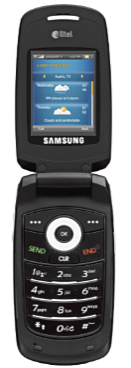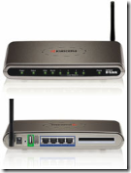 Today Alltel announced a new product called CellTop:
Today Alltel announced a new product called CellTop:
“An exclusive, patent-pending technology that offers customers an easier way to access, manage and organize a wide range of information already available on their Alltel Wireless phones. Celltop gives customers more control over their wireless experience through a unique and fully-customizable technology similar to the desktop on a personal computer”
Sounds like a great concept, and I’m all for ANYTHING that helps making a phone easier to navigate, but patent-pending? This sounds an awful lot like Handmark products that have been around for years. But it is nice to see carriers actually getting involved in the UX (user experience) field, and augmenting their products (sure beats crippling them, as some carries have chosen to do).
CellTop runs on the Qualcomm Brew platform, so it should be portable across multiple phones (and potentially carriers). I wonder if any of the big guys will take notice of what a regional player like Alltel is up to?
More info and screenshots on CellTop can be found at http://www.mycelltop.com/

 Microsoft has
Microsoft has  I just installed Vista on a shiny new Toshiba M400 Tablet straight out of the box (I booted to XP once just to make sure the hardware was ok). One of the items I have not seen addressed, and that I was concerned about was whether or not the internal Verizon WWAN EVDO card on the M400-S4032 would work under Vista.
I just installed Vista on a shiny new Toshiba M400 Tablet straight out of the box (I booted to XP once just to make sure the hardware was ok). One of the items I have not seen addressed, and that I was concerned about was whether or not the internal Verizon WWAN EVDO card on the M400-S4032 would work under Vista. I had the pleasure of a brief layover in the Phoenix Sky Harbor (PHX) on my way home from Seattle / Redmond (more on that trip soon) yesterday. While I was standing in the SouthWest airlines
I had the pleasure of a brief layover in the Phoenix Sky Harbor (PHX) on my way home from Seattle / Redmond (more on that trip soon) yesterday. While I was standing in the SouthWest airlines 